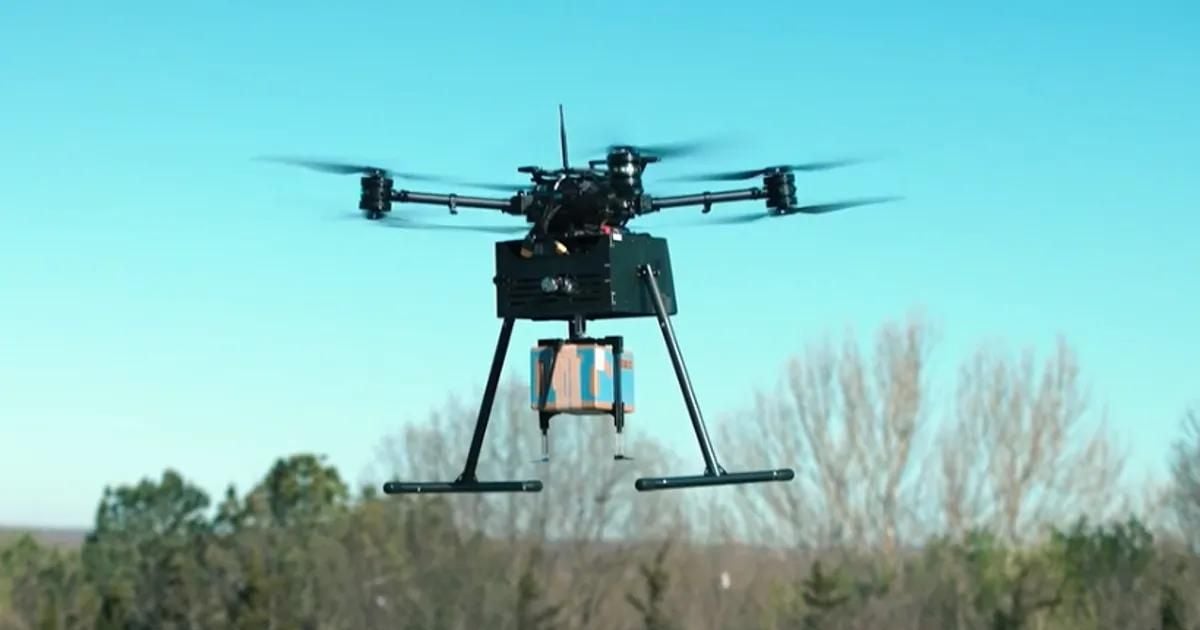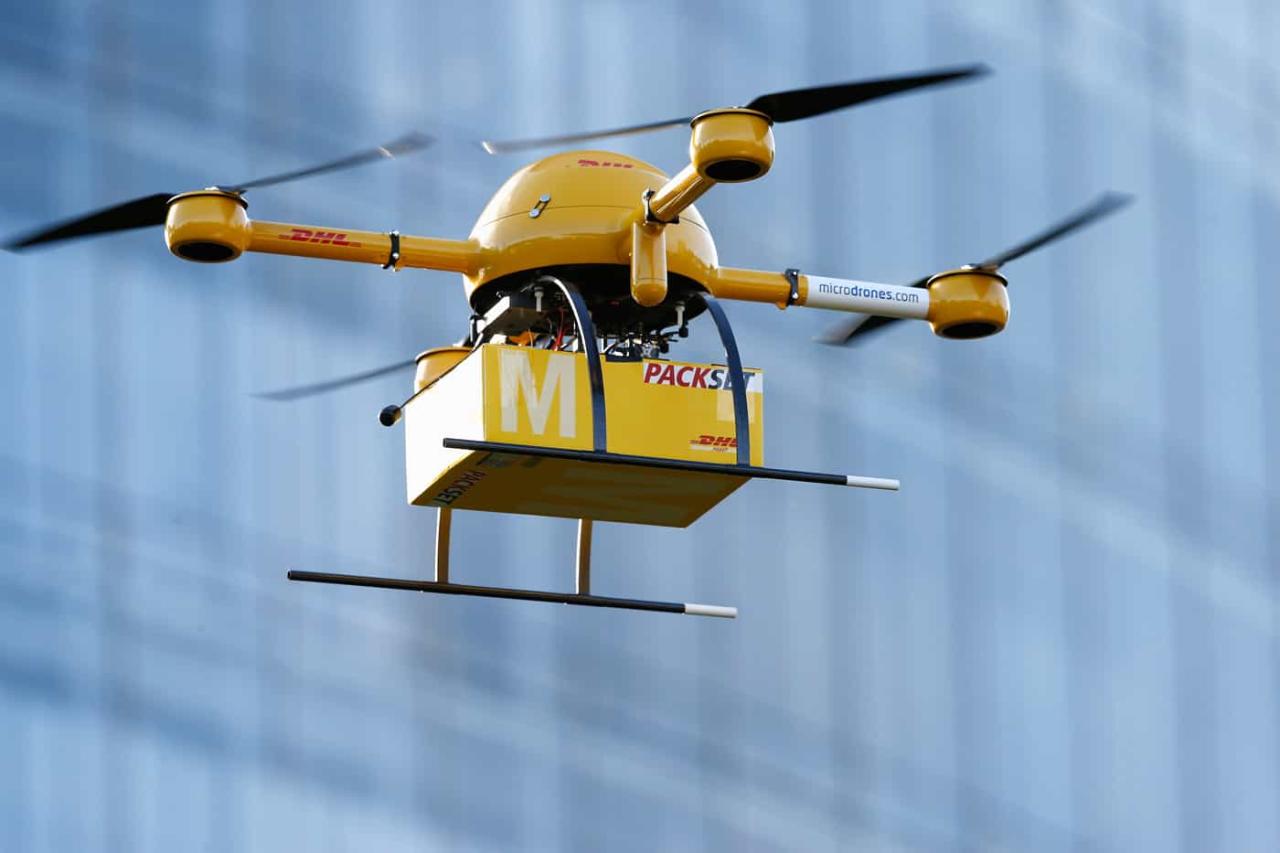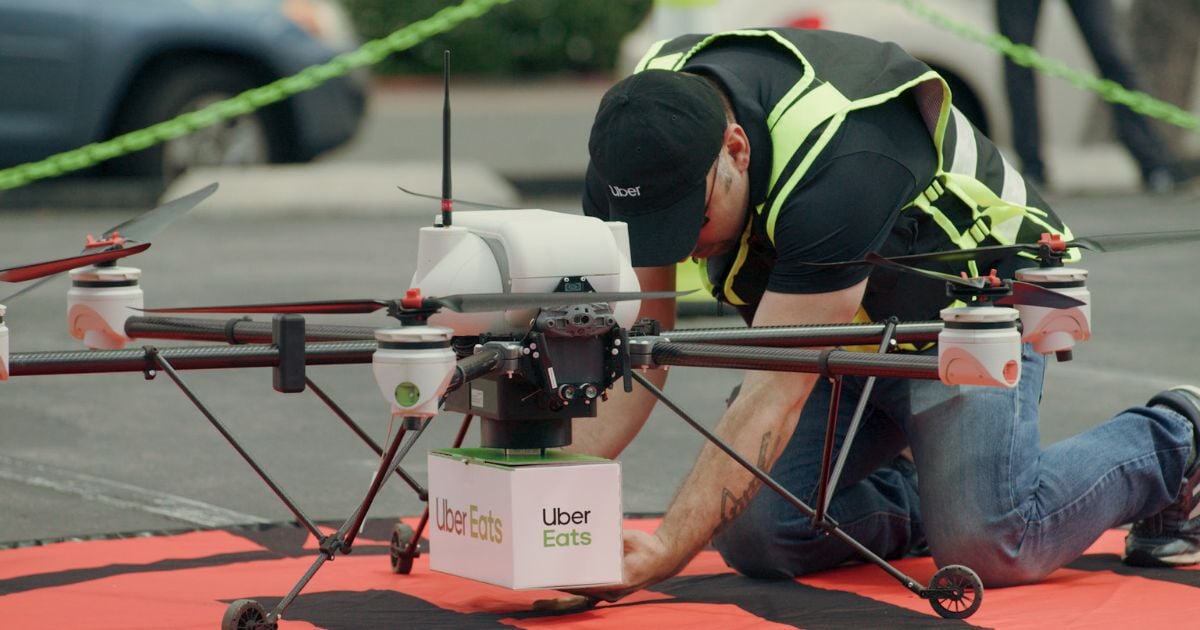Remington drone loads represent a significant advancement in various sectors, from efficient agricultural practices to precise delivery systems and enhanced surveillance capabilities. This exploration delves into the intricacies of Remington drone payload capacities, operational procedures, safety regulations, and the evolving technological landscape shaping their future applications. We will examine diverse case studies highlighting both successes and challenges encountered while using these drones, ultimately providing a well-rounded understanding of this impactful technology.
The increasing reliance on drones for diverse tasks necessitates a thorough understanding of their capabilities and limitations. This guide aims to provide a detailed overview of Remington drones, focusing on payload management, safety protocols, and the broader implications of their use across various industries. We will examine the technological advancements driving improvements in payload capacity and handling, as well as the regulatory framework governing their operation.
Remington Drone Models and Payload Capacity
Remington offers a range of drone models, each designed with varying payload capacities to cater to diverse operational needs. Understanding these capabilities is crucial for selecting the appropriate drone for a specific task. This section details the specifications of several Remington drone models and explores the factors affecting payload capacity.
Remington Drone Model Specifications
The following table compares key specifications for four hypothetical Remington drone models. Note that these specifications are for illustrative purposes and may not reflect actual Remington products.
| Model | Weight (kg) | Payload Capacity (kg) | Range (km) | Flight Time (min) |
|---|---|---|---|---|
| Remington Scout | 2.5 | 1.0 | 10 | 25 |
| Remington Voyager | 5.0 | 3.0 | 20 | 40 |
| Remington Ranger | 7.5 | 5.0 | 30 | 50 |
| Remington Titan | 10.0 | 8.0 | 40 | 60 |
Factors Influencing Payload Capacity
Several factors significantly influence a drone’s payload capacity. These include the drone’s overall size and weight, the power of its motors, and the battery technology employed. Larger drones with more powerful motors and higher-capacity batteries can naturally carry heavier payloads. Material science advancements in lighter yet stronger drone components also play a vital role.
Hypothetical Payload Limitation Scenario
Consider a scenario where a Remington Scout drone is tasked with delivering a package weighing 1.2 kg over a distance of 8 km. The drone’s maximum payload capacity is 1.0 kg, making it impossible to complete the mission without exceeding its limitations. This highlights the importance of accurate payload assessment before deployment.
Types of Loads Carried by Remington Drones
Remington drones are versatile platforms capable of carrying a wide array of payloads, tailored to various applications. The following list categorizes common payload types and highlights the challenges associated with each.
Payload Examples by Application
- Agriculture: Fertilizer spreaders, crop sensors, cameras for precision farming.
- Surveillance: High-resolution cameras, thermal imaging sensors, LiDAR systems.
- Delivery: Small packages, medical supplies, emergency aid.
- Infrastructure Inspection: High-resolution cameras, thermal cameras, multispectral sensors for bridge, power line and pipeline inspections.
Challenges of Carrying Different Payload Types
Transporting diverse payloads presents unique challenges. Fragile goods require careful packaging and handling to prevent damage during flight. Heavy equipment necessitates robust drone designs and advanced flight control systems to ensure stability and safety. The weight and size of the payload directly impact the drone’s flight time and range.
Understanding Remington drone loads often involves considering the weight and balance of the payload. For capturing high-quality images of these operations, a compact yet powerful camera is essential, such as the fujifilm x100v , known for its image quality and portability. This allows for detailed documentation of the entire Remington drone load process, from preparation to deployment.
Safety Considerations for Payload Transportation
Safety is paramount when carrying payloads. Secure mounting mechanisms are essential to prevent payloads from shifting or detaching during flight. Regular inspections of both the drone and the payload are crucial to identify and address potential issues before takeoff. Adherence to weight limits and appropriate flight procedures is non-negotiable.
Remington Drone Loading Procedures and Best Practices
Proper loading procedures are vital for safe and efficient drone operations. This section Artikels a step-by-step guide, emphasizing safety protocols and best practices for payload balancing.
The efficient delivery of goods via drone technology is a rapidly evolving field, and Remington is making significant strides. For detailed information on their innovative approach to cargo transport, you can explore the specifics of their operations by visiting the Remington drone loads page: remington drone loads. This website provides insights into the logistical challenges and solutions implemented by Remington in their drone delivery system.
Understanding Remington drone loads is crucial for appreciating the advancements in this sector.
Step-by-Step Loading Procedure

- Visually inspect the drone and payload for any damage.
- Securely attach the payload to the designated mounting points on the drone.
- Carefully balance the payload to ensure even weight distribution.
- Conduct a pre-flight check of all connections and components.
- Power on the drone and perform a system check.
- Initiate a pre-flight test flight (if applicable).
Best Practices for Payload Balancing
Achieving proper payload balance is crucial for stable flight. The center of gravity of the payload should align with the drone’s center of gravity. Uneven weight distribution can lead to instability and potential crashes. Use appropriate balancing tools and techniques to ensure optimal weight distribution.
Pre-Flight Inspection Checklist

A comprehensive pre-flight checklist is essential for identifying potential issues before takeoff. This checklist should include verifying payload security, weight distribution, battery levels, and overall drone condition.
- Payload securely fastened
- Payload weight within limits
- Even weight distribution
- Battery level sufficient for mission
- Drone components in good working order
Technological Advancements in Remington Drone Payload Systems: Remington Drone Loads
Continuous advancements in technology are enhancing Remington drone payload systems, improving capacity and handling. Automation and robotics play a significant role in optimizing loading and unloading processes.
Recent Technological Innovations
Recent innovations include the development of lighter, stronger materials for drone components, allowing for increased payload capacity without compromising flight performance. Advanced battery technologies are extending flight times, enabling drones to carry heavier loads over longer distances. Improved flight control systems enhance stability and precision, even with heavier payloads.
Automation and Robotics in Payload Handling, Remington drone loads
Automation and robotics are streamlining payload loading and unloading. Automated systems can quickly and efficiently attach and detach payloads, reducing manual handling and minimizing the risk of human error. Robotic arms can handle delicate or heavy payloads with greater precision and speed.
Future Developments in Payload Technology
Future developments may include the integration of advanced sensors and AI for autonomous payload handling. Self-optimizing systems could automatically adjust flight parameters based on payload weight and environmental conditions. The development of more efficient propulsion systems could further increase payload capacity and flight range.
Regulations and Safety Standards for Remington Drone Loads
Stringent regulations and safety standards govern the transportation of payloads via drones. Understanding these regulations is essential for safe and legal operation. This section details these regulations and their implications.
Relevant Regulations and Safety Standards
Regulations vary by jurisdiction, but generally cover aspects such as maximum payload weight, permitted payload types, flight restrictions, and pilot licensing. Adherence to these regulations is crucial for avoiding penalties and ensuring public safety. Specific details should be obtained from relevant aviation authorities.
Implications of Exceeding Weight Limits or Carrying Prohibited Materials
Exceeding weight limits can compromise flight safety, leading to crashes or accidents. Carrying prohibited materials, such as hazardous substances or contraband, is illegal and carries severe penalties. Compliance with all regulations is paramount.
Hypothetical Regulatory Violation Scenario
Imagine a scenario where a Remington drone operator exceeds the authorized payload weight limit, resulting in a mid-flight crash. This could lead to significant fines, suspension of operating licenses, and potential legal action. This underscores the importance of strict adherence to all regulations.
Case Studies of Remington Drone Payload Applications
This section presents three hypothetical case studies illustrating diverse applications of Remington drones and their payloads, highlighting successes and challenges.
Case Study 1: Precision Agriculture
A farmer utilized a Remington Voyager drone equipped with a fertilizer spreader to apply precise amounts of fertilizer to specific areas of their field. This targeted application reduced fertilizer waste and improved crop yields. The challenge was calibrating the spreader to ensure even distribution. The success was a significant increase in crop yield and a reduction in environmental impact.
Case Study 2: Infrastructure Inspection
A bridge inspection team used a Remington Ranger drone with a high-resolution camera and thermal imaging sensor to assess the structural integrity of a large suspension bridge. The drone efficiently captured detailed images and thermal data, identifying potential structural weaknesses. The challenge was navigating the complex structure and maintaining stable flight in windy conditions. The success was the early detection of potential structural problems, preventing a potentially catastrophic failure.
Case Study 3: Emergency Medical Delivery
A Remington Scout drone was used to deliver urgently needed blood supplies to a remote village following a natural disaster. The drone’s speed and agility enabled rapid delivery, potentially saving lives. The challenge was navigating challenging terrain and ensuring the safe delivery of temperature-sensitive medical supplies. The success was the timely delivery of critical medical supplies, improving patient outcomes.
Environmental Impact of Remington Drone Loads
The environmental impact of using Remington drones for various payload applications needs careful consideration. This section discusses potential impacts and strategies for minimizing them.
Potential Environmental Impacts
Drone operations contribute to noise pollution and carbon emissions. The type and weight of the payload can influence fuel consumption and overall environmental impact. Larger, heavier payloads require more energy, increasing the environmental footprint.
Strategies for Minimizing Environmental Impact

Strategies for minimizing environmental impact include using drones with efficient propulsion systems, optimizing flight routes to reduce fuel consumption, utilizing renewable energy sources for charging batteries, and employing eco-friendly materials in drone construction.
Environmental Considerations for Different Payload Types
| Payload Type | Noise Pollution | Carbon Footprint | Other Environmental Impacts |
|---|---|---|---|
| Fertilizer | Low | Moderate | Potential water contamination |
| Medical Supplies | Low | Low | Packaging waste |
| Construction Materials | Low | Moderate | Potential for material spills |
From understanding payload capacities and safe loading procedures to navigating regulations and considering environmental impacts, this comprehensive overview of Remington drone loads provides a robust foundation for anyone involved in or interested in this rapidly evolving field. The advancements in automation and technology promise even greater efficiency and safety in the future, further expanding the potential applications of these versatile unmanned aerial vehicles.
As we continue to explore the possibilities of drone technology, responsible and informed usage remains paramount.
FAQ Compilation
What is the average lifespan of a Remington drone battery?
Battery lifespan varies depending on usage and model, but generally ranges from 200-500 charge cycles.
How do I obtain a license to operate a Remington drone commercially?
Commercial drone operation requires a Part 107 Remote Pilot Certificate from the FAA (or equivalent in your region). Specific requirements vary by location.
What types of sensors can be integrated with Remington drones?
Many Remington models are compatible with a range of sensors, including high-resolution cameras, thermal imaging, LiDAR, and multispectral sensors, depending on the model and payload capacity.
Are there any limitations on where I can fly a Remington drone?
Yes, airspace restrictions, no-fly zones, and weather conditions all impact drone operation. Always check local regulations and airspace maps before flight.
